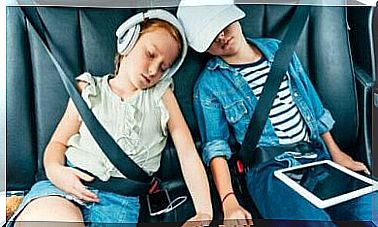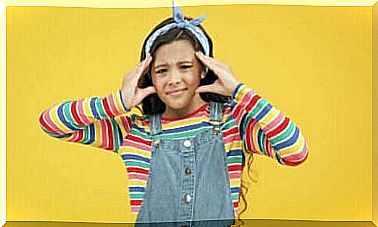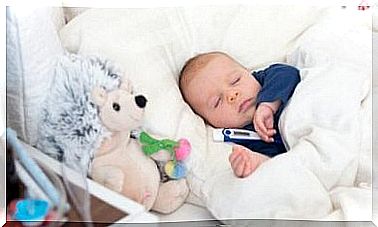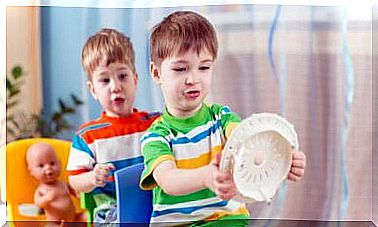Punishment In The Classroom – Being Parents
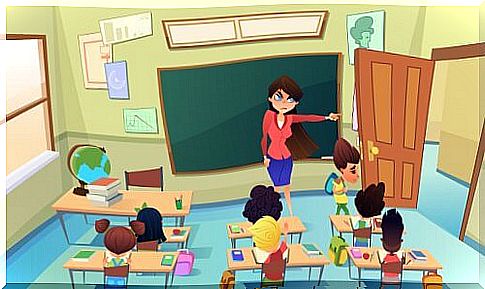
One aspect of teacher training is to consider punishment in the classroom.
Indeed, teachers and professors should not be satisfied with having only a knowledge of the subject they teach. This knowledge must go further. For this, they must enter the classroom with practical skills to manage said classroom.
One of the most important aspects of training future teachers is to teach them how to lead a class. Much research shows that students learn best in environments that are both engaging and orderly. However, all children are different and respond to discipline differently.
What type of bad behavior occurs in the classroom?
We can group the behaviors of students who are not productive (or bad behaviors) according to the following categories:
- Low level disruptors.
- The disinterested.
- Aggressive and anti-social behavior.
Disruptive and disinterested behaviors among students are the most common in class. Teachers indeed find it difficult to control them. Aggressive and anti-social behavior, on the other hand, is rather rare.
Usual classroom punishment strategies
For many years, teachers have used two intervention strategies to address unproductive behavior:
- The awards, which are used to promote good behavior.
- Classroom sanctions or punishments designed to discourage students from disrupting the learning environment.
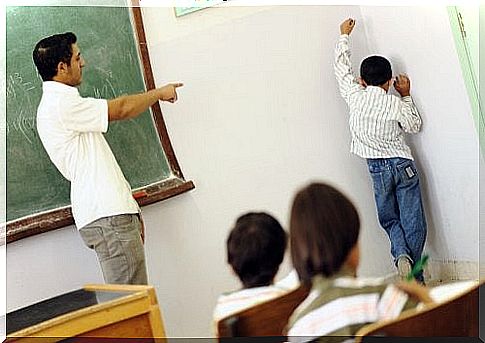
Until recently, in Spain, corporal punishment was used in classrooms. It was only a few decades ago. After the ban on corporal punishment in education, teachers made a habit of introducing phased punishment systems into the classroom.
Staggered punishment systems in the classroom constitute an increasingly important set of “punishments”. These are usually used for all kinds of bad behavior.
- First, these tiered approaches usually start with a warning.
- The next step is for the student to spend time outside of the classroom.
- Then the students are sent to a higher authority in the center (principal or director).
- And finally, there can be suspensions and expulsions.
This approach may seem wise. Indeed, it allows the teacher to continue teaching. In addition, it allows other students to continue learning. However, it ignores the root of the problem.
“Offensive” students find it difficult to relearn after missing a session and often continue to move forward without having the basics.
How to stop bad behavior and avoid punishment in class? Teachers seem to understand that threats and actions that keep students away from their learning don’t always work. This is supported by most international research.
Thus, using punitive approaches to manage behavior, such as withdrawing students from class, is not effective in solving the problem. In fact, they only exacerbate it over time.
Prevention: the key
The key is to focus on prevention. By considering the physical environment, curriculum, resources, and teaching method, we can prevent students from disconnecting. Therefore, we can prevent them from becoming disruptive elements.
Therefore, teacher training should include an additional part. This should provide them with training in techniques to create learning environments that are not only attractive but also orderly. The most common behaviors in the classroom are disruptive and disinterested behaviors. Therefore, it is essential that they manage to prevent them.
So, teachers should try to be more understanding and focus on a teaching method that avoids conflict. All of this will always be better than trying to “correct” student behavior by using rewards as well as punishments.
Teacher training courses should teach the approaches to be taken, as well as the skills and strategies for dealing with bad behavior in a pedagogical and constructive way. Thus, teachers should focus on strategies to prevent this behavior.
